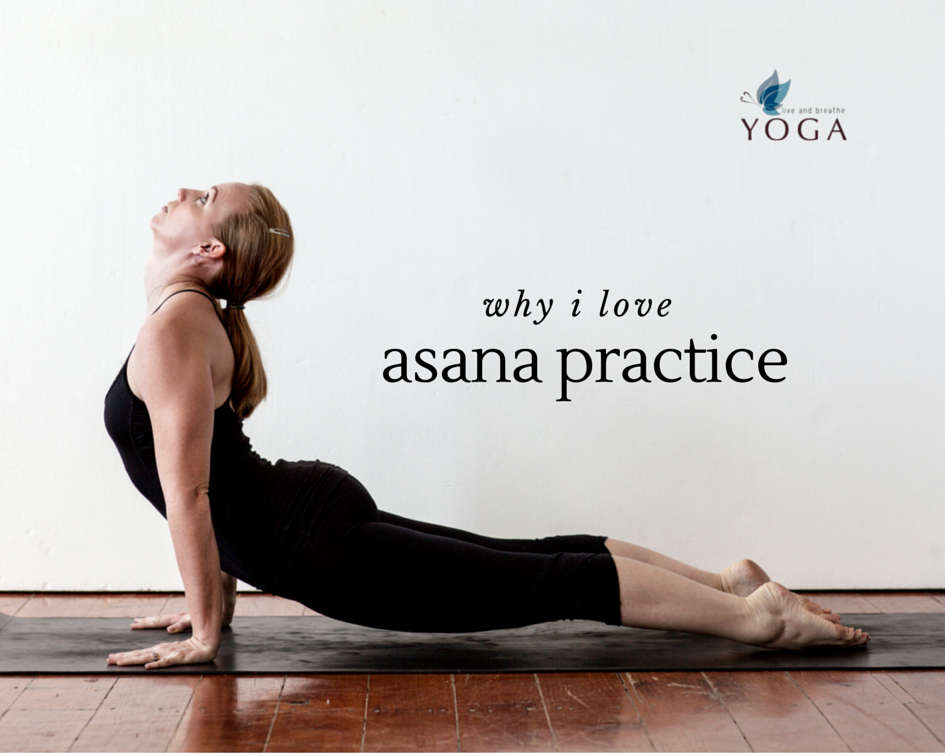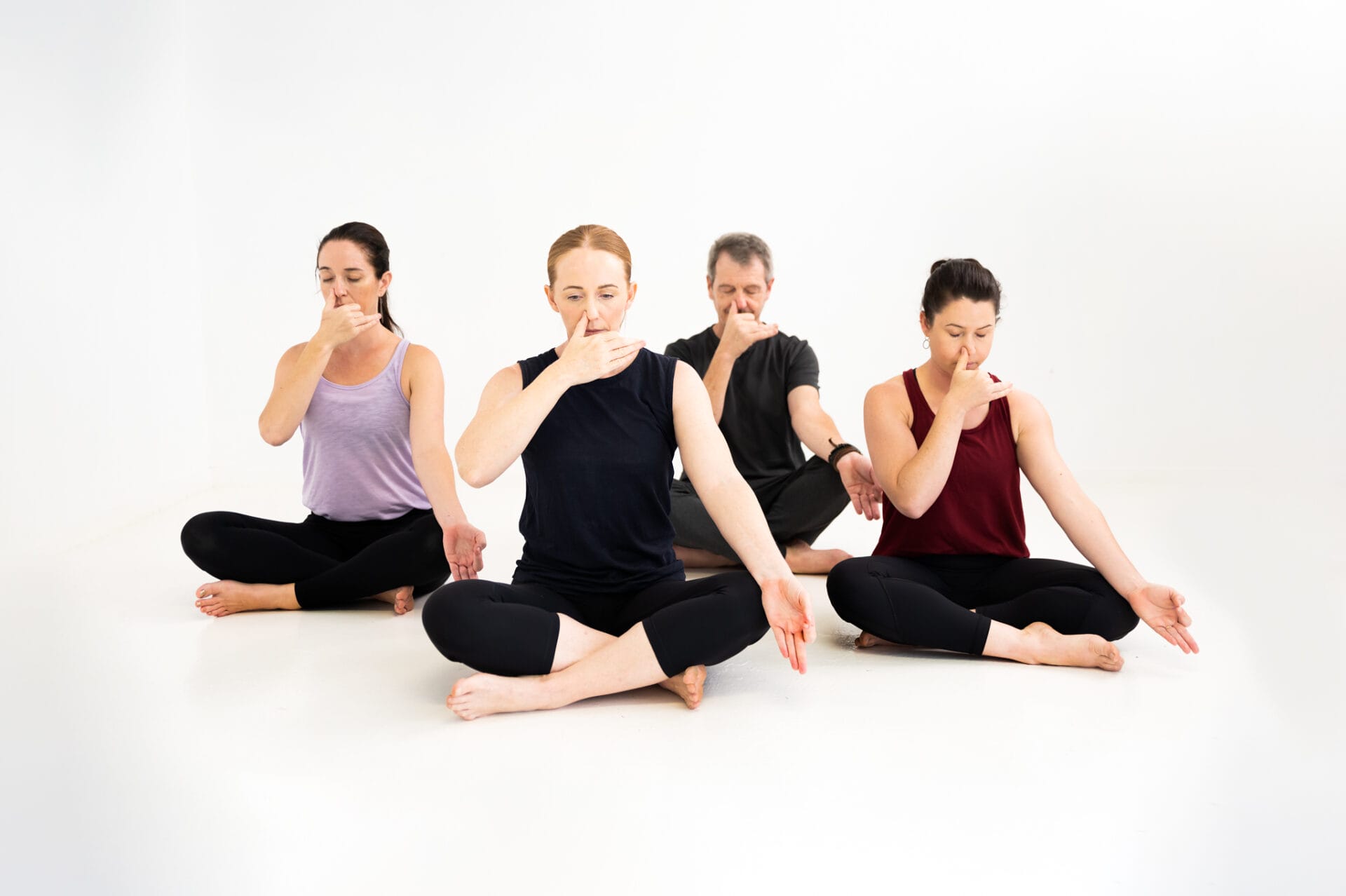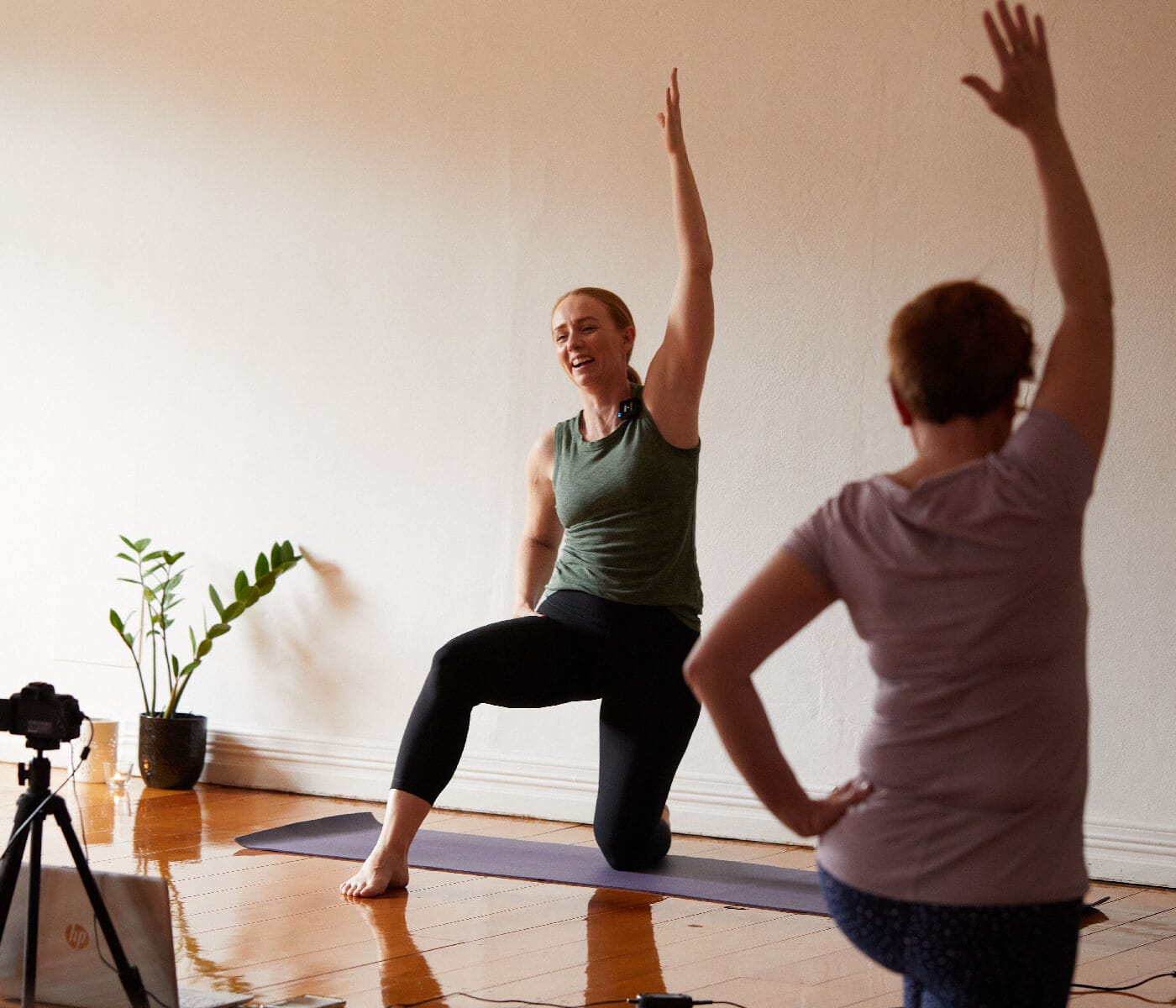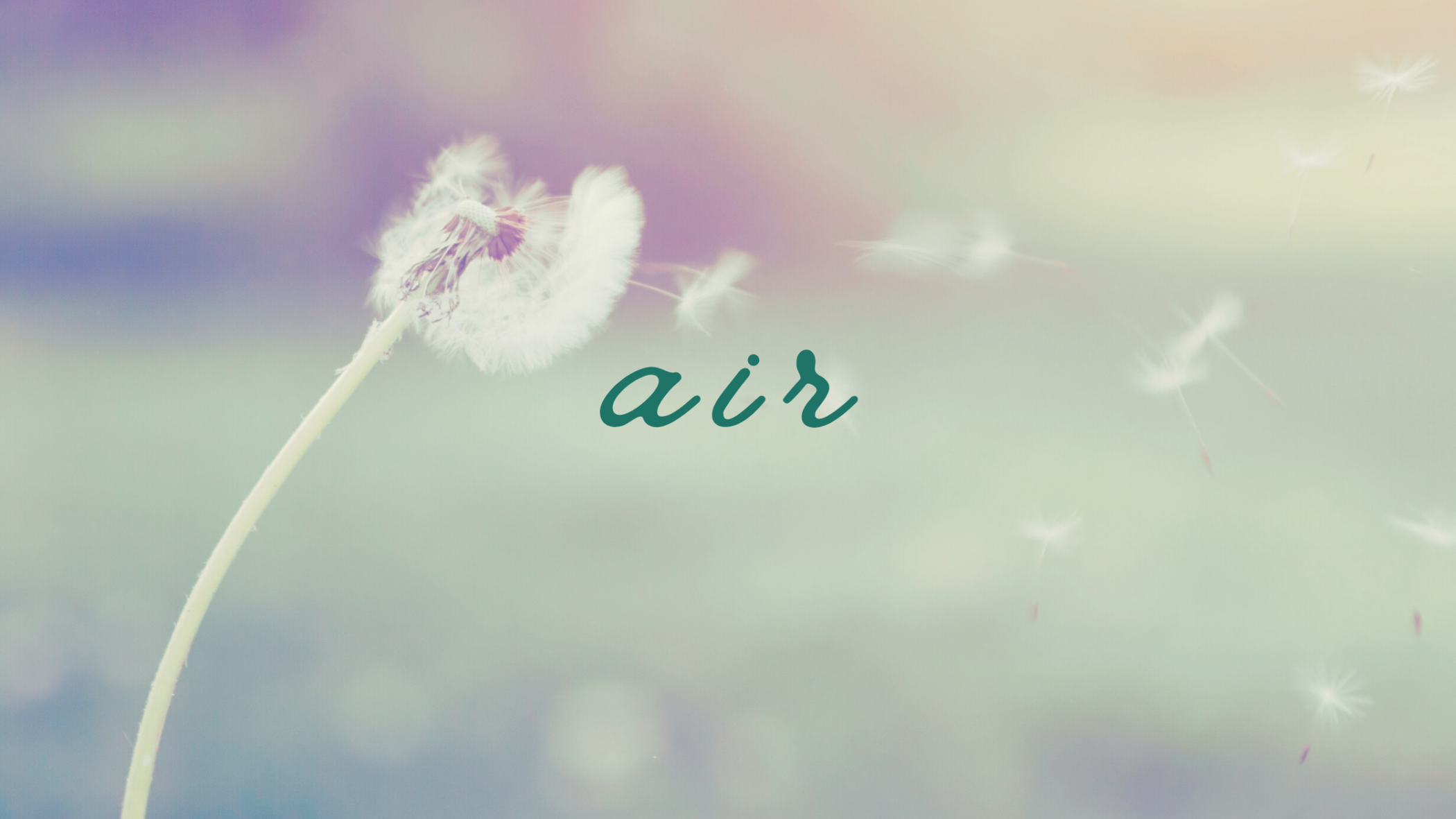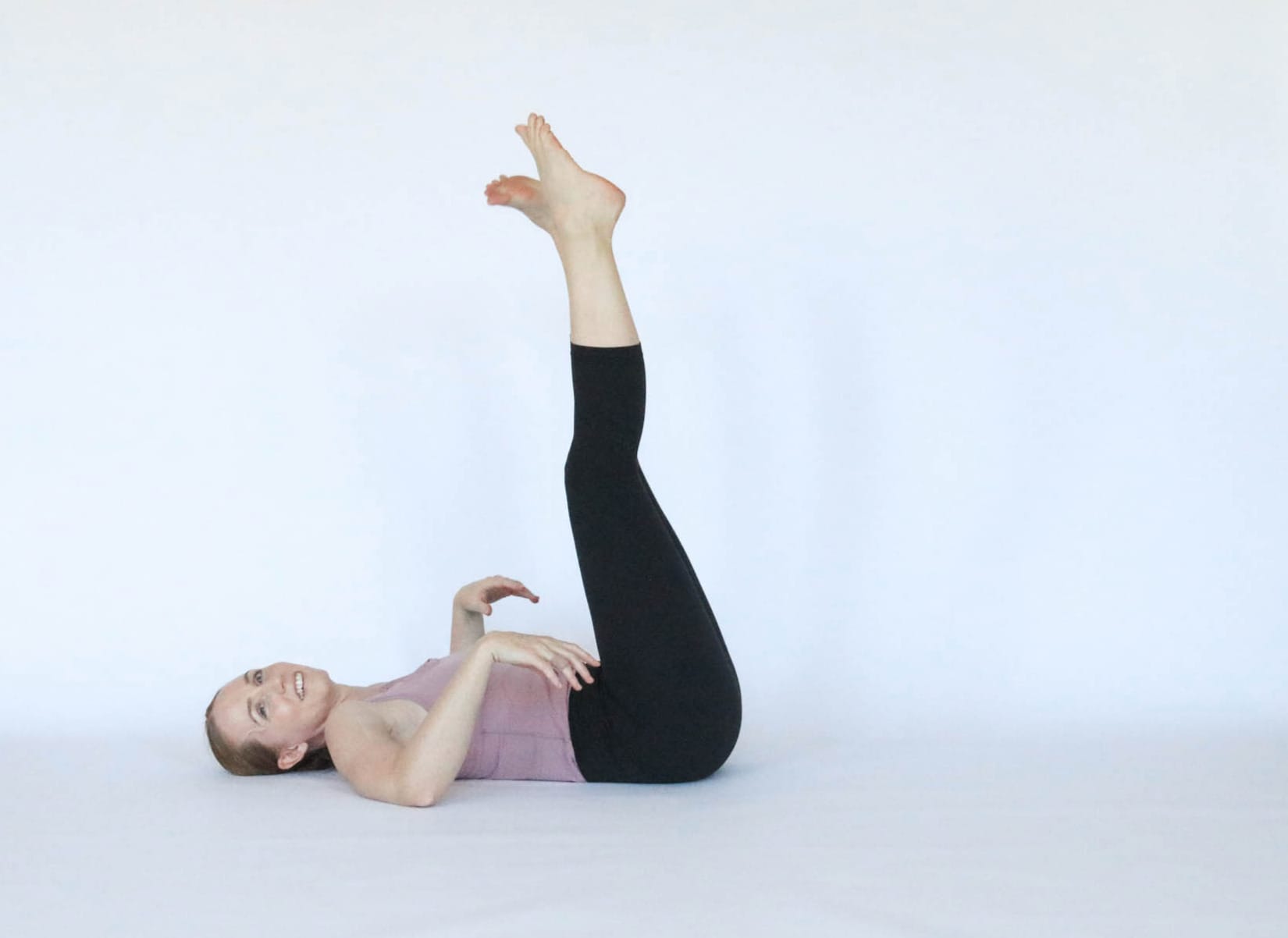When I was in my first year at university, I was in a serious car accident. I was thrown out the back window and finished up out in the dirt about 10 metres from the car. I’d broken both my arms in multiple places, dislocated my wrists, and had damage to my back. I was put back together with plates, screws and pins. However, I don’t look at this accident as an accident though. I actually feel lucky that it happened at such an early age as I quickly learned about how resilient our bodies are and if we believe we will get better, then we will. The physios had told me that I wouldn’t be able to do a lot of the stuff I had once been able to do – I didn’t listen. I listened to my body instead and realised that if I was going to get better I was going to have to do it myself.
A few years later, I walked into an Ashtanga yoga class – I only wanted to try it because I am a huge Madonna fan and I had read that she attributed her physique to Ashtanga yoga. I was in my early twenties and it was all about looking good. I was hooked instantly, despite the fact I couldn’t do a lot of the postures as I was very stiff and I had to use fists instead of flat hands in a lot of the postures because of my wrists. But I had never felt so energized and calm.
So I started with a very physical approach, which is probably how most of us start off, but funny things happen when you’re on your mat (which I like to call my personal research station). When we become fully focussed while working on a seemingly impossible movement … we have to completely forget about everything else. We get out of our heads and our constant to-do lists and into our body. If we think ahead, think back, try too hard, look up, scratch an itch or think about anything else, we wobble or fall over.
If you force the posture, or compare yourself to the person next to you who’s sailing through the practice, or start to make up reasons why they’re “better” than you, or give up, or kid yourself that you got it when you could have done better, none of those things are being true to yourself…and every one of those thoughts that pass through your head while you are on the yoga mat have cross overs to life off the mat too. We start to notice these thoughts that keep coming up again and again (an inner chatter) while on and off mat and start to realise that most of them are completely untrue.
Ashtanga yoga is an ancient system designed to quiet that inner chatter … it’s an 8 limbed path to calming the mind and feeling in complete balance. The yoga asanas or postures are only one of those eight limbs, but by starting off with these we start to learn about the others at the same time (sometime without even realising!).
The beauty of the physical practice taught in Ashtanga yoga is that if we practice it with full concentration we start to cover the other limbs too… the absorption you need, to keep your mind fully on your movement and your breath, shuts out the chatter and takes you to a level of deep concentration and, with practice, over time, meditation.
Now I practice every day, or as much as my 1-year-old will allow anyway. I’ve got great news for any of you that are so incredibly busy that a daily yoga practice sounds completely unmanageable … please don’t make yoga one more thing to feel bad about…
You don’t have to do everything in the ashtanga sequence. If you just do the Sun Salutation 5 times in the morning, but do it everyday, with a whole heart, foucssing on your breath, and then lay down and breathe you’ll start to reach a feeling of inner peace and quiet. I reckon that if you just think you’ll do some sun salutations, you will actually end up doing more than that. If you have time for more then great do more. But don’t NOT practice because you can’t ‘finish’ the entire sequence and ‘do’ everything.
The human body is truly amazing. It is constantly trying to be the healthiest it can be. It has an innate desire to heal itself, and be free from disease. Our body is always communicating with us, but we often don’t hear it because we are too busy, or we don’t like what it’s telling us or have just forgotten how to listen. It communicates in many ways. General soreness and aches, ongoing pain, poor digestion, dull skin, illness, brain fade, extra weight, lack of energy, forgetfulness and so on. All of this dis-ease is brought on by stress.
Stress has many forms.. Not just the stress of speaking in public! De-hydration, fluoro lighting, electromagnetic emissions from our smart phones, lack of sleep, poor food, pollution, unhealthy relationships, taking on too much, always rushing from one thing to the next, spiraling negative thoughts…
When our bodies are healthy our skin is radiant, eyes are clear, we have abundant energy, our minds are focussed, we make decisions from a place of calm and clarity, our hair is shiny, no aches and pains, good digestion, we can handle anything with grace and ease, and we can be present in our relationships.
Yoga gives us the tools to listen to our body by noticing how the external world affects our internal world and vice versa. Having awareness of what is going on in our internal world allows us to make the choices to reduce stress, to nourish ourselves and to thrive.
By listening to our bodies everyday, we discover that we already know the answers. Our bodies start to tell us things like, drink more water, practice more yoga, breathe, go to bed, switch off the phone, when I eat greens I feel good, when I drink coffee may feel energized at first but after 2 hours I am so tired and I am cranky.
When we are in a state of yoga we have absolute peace within ourselves, we realise we are perfect just the way we are. The yoga practice peels back the layers to discover the divinity within, to notice the stories we tell ourselves day in day out and eventually change that story to one that serves us. Like eating really fresh organic food, our yoga practice will nourish us so we can thrive.
Once we have experienced this feeling of being nourished we want nothing less and we start to notice the things in life that take us away from that feeling. Yoga keeps bringing us back to the centre and anything else that doesn’t align with that we start to leave behind. When we experience that feeling of wholeness, we crave it so much that we start to live and breathe yoga.
So what does it mean for you to thrive? How can you nourish yourself and the others around you? Take some time each day to get out of your head and listen to your body, all the answers are within.
~Allison

